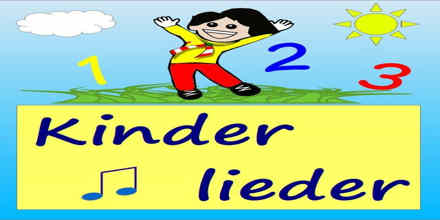"Children's music," often referred to as kindie rock, is a vibrant and eclectic genre that caters specifically to young audiences, typically ranging from infancy to early adolescence. This genre is characterized by its whimsical lyrics, catchy melodies, and educational content, all wrapped in a package that is both entertaining and age-appropriate. The roots of children's music can be traced back to traditional nursery rhymes and folk songs, but it has evolved significantly over the years, incorporating elements from various musical styles such as pop, rock, jazz, and even electronic music.
One of the defining features of children's music is its focus on themes that are relevant to young listeners. Songs often explore topics like friendship, family, animals, nature, and everyday experiences, making them relatable and engaging for children. Educational content is another key aspect, with many songs designed to teach basic concepts such as numbers, letters, colors, and shapes. Additionally, children's music frequently addresses social and emotional development, helping young listeners navigate feelings like happiness, sadness, and frustration.
The instrumentation in children's music is diverse and often includes a mix of traditional and unconventional instruments. Acoustic guitars, pianos, and drums are common, but you might also hear ukuleles, xylophones, maracas, and even found objects like pots and pans being used to create unique sounds. The use of technology has also become prevalent, with electronic beats and synthesizers adding a modern twist to the genre.
Lyrics in children's music are crafted to be simple yet meaningful, using rhymes and repetition to aid in memorization and language development. Storytelling is another important element, with many songs telling tales that captivate young imaginations. Humor plays a significant role as well, with playful lyrics and silly scenarios designed to make children laugh and enjoy the music.
The performance style in children's music can vary widely, from solo artists singing acoustic songs to full bands putting on lively concerts. Many children's musicians also incorporate visual elements into their performances, such as puppets, costumes, and interactive activities, making the experience more immersive for young audiences. Live shows often include audience participation, encouraging children to sing along, dance, and engage with the music in a fun and energetic way.
Children's music has seen a resurgence in popularity in recent years, thanks in part to the internet and streaming services that make it easier for artists to reach a global audience. Digital platforms have also allowed for innovative approaches to music production and distribution, enabling independent artists to create high-quality recordings and connect directly with their fans. Social media has played a role as well, providing a space for children's musicians to share their work, engage with listeners, and build communities around their music.
The genre has also seen an increase in diversity, with artists from various cultural backgrounds contributing their unique perspectives and styles. This has led to a richer and more inclusive landscape for children's music, reflecting the diverse experiences and voices of young listeners around the world. From bilingual songs that celebrate different languages to music that explores cultural traditions, the genre continues to evolve and expand.
In addition to its entertainment value, children's music plays an important role in early childhood development. Research has shown that exposure to music at a young age can enhance cognitive skills, improve language development, and foster creativity. Children's music also provides a means for parents and caregivers to bond with their children, creating shared experiences and memories through song.
Some of the most influential figures in children's music include artists like Raffi, who is often referred to as the "Marvin Gaye of kids' music" for his soulful and heartfelt songs. Other notable names include Laurie Berkner, who blends rock and pop elements with educational content, and Dan Zanes, known for his energetic performances and collaborations with other musicians. These artists, among many others, have helped shape the genre and inspire new generations of children's musicians.
The future of children's music looks bright, with a growing number of talented artists continuing to push the boundaries of what is possible within the genre. As technology advances and cultural exchange becomes more prevalent, we can expect to see even more innovation and diversity in children's music. Whether it's through traditional songs passed down through generations or cutting-edge digital productions, children's music will continue to be a vital part of young listeners' lives, providing entertainment, education, and joy for years to come.
 1.2k
1.2k
 1
France Children 320 kbps MP3
1
France Children 320 kbps MP3 779
Italy, Carpi Children
779
Italy, Carpi Children








































